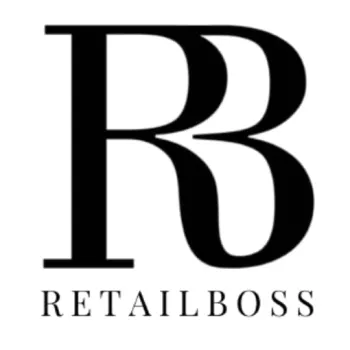The secondhand clothing market in the United States continues its impressive expansion in 2025, driven largely by younger consumers seeking sustainable alternatives to fast fashion. This growth reflects broader shifts in consumer preferences across age demographics, with significant implications for the entire apparel industry estimated at $359 billion. Recent Statista data reveals distinctive shopping patterns among different age groups, with millennials emerging as the dominant force in the pre-owned clothing revolution.
Market Growth and Changing Consumer Landscape
The overall apparel market in the United States has reached approximately $359 billion as of 2024, with secondhand clothing carving out an increasingly significant portion of this massive industry. North American apparel revenues are projected to reach $134.48 billion in 2025, with an expected robust annual growth rate of 8.27% through 2029. Within this broader context, the secondhand apparel segment has emerged as one of the fastest-growing sectors, responding to changing consumer attitudes about sustainability and value.
The rapid expansion of the secondhand market comes amid growing concerns about fashion sustainability among American consumers. While fewer than 30% currently actively shop for ethically made clothing, the majority express interest in knowing how and where their clothes are produced. This awareness is translating into tangible market shifts, with secondhand shopping increasingly viewed not merely as a budget option but as an environmentally conscious lifestyle choice.
Age Demographics Driving the Trend
Analysis of consumer data reveals striking differences in secondhand shopping behavior across age groups. Millennials, born between 1981 and 1996 and currently numbering around 72.7 million Americans, have established themselves as the primary demographic fueling the secondhand clothing boom. This generation, which recently surpassed Baby Boomers as America’s largest generational cohort, demonstrates the strongest affinity for pre-owned apparel.
The generational divide in secondhand shopping habits correlates with broader demographic trends. With a median age of 39.2 in 2023, the American population is aging compared to previous decades—the median age was just 29.5 in 1960. However, younger consumers maintain significant market influence, particularly in fashion categories emphasizing sustainability and unique personal style.
Digital Transformation of Secondhand Shopping
The secondhand apparel market has undergone significant transformation through digitalization, moving beyond traditional thrift stores to sophisticated online platforms. E-commerce now represents a substantial portion of secondhand sales, reflecting the broader shift in retail shopping habits. While offline distribution channels still account for significant revenue, online platforms have democratized access to pre-owned fashion, particularly among tech-savvy younger consumers.
This digital evolution has particularly resonated with consumers aged 30–34, currently the largest age group in America with approximately 11.88 million males and 11.64 million females. This demographic sits at the intersection of purchasing power and digital fluency, making them ideal candidates for online secondhand shopping platforms.
Sustainability as a Market Driver
The growth in secondhand apparel aligns with increasing consumer interest in fashion sustainability. As Americans become more environmentally conscious, pre-owned clothing represents a practical way to reduce fashion’s environmental footprint. This trend is particularly pronounced among younger shoppers who prioritize sustainability in their purchasing decisions.
“The secondhand market offers a unique convergence of value, sustainability, and individuality that particularly appeals to younger consumers.”
Future Outlook and Market Projections
The secondhand apparel market is projected to continue its strong growth trajectory through 2025 and beyond, with increasing participation across age demographics. While millennials lead adoption rates, data suggests that Gen Z consumers (currently the most racially and ethnically diverse generation) will likely accelerate the trend as they gain purchasing power.
The men’s apparel segment, which generated $137.61 billion in North America in 2025, represents a particularly interesting growth opportunity for secondhand retailers. Historically, women have dominated secondhand shopping, but changing attitudes among male consumers suggest untapped potential in this demographic.

















